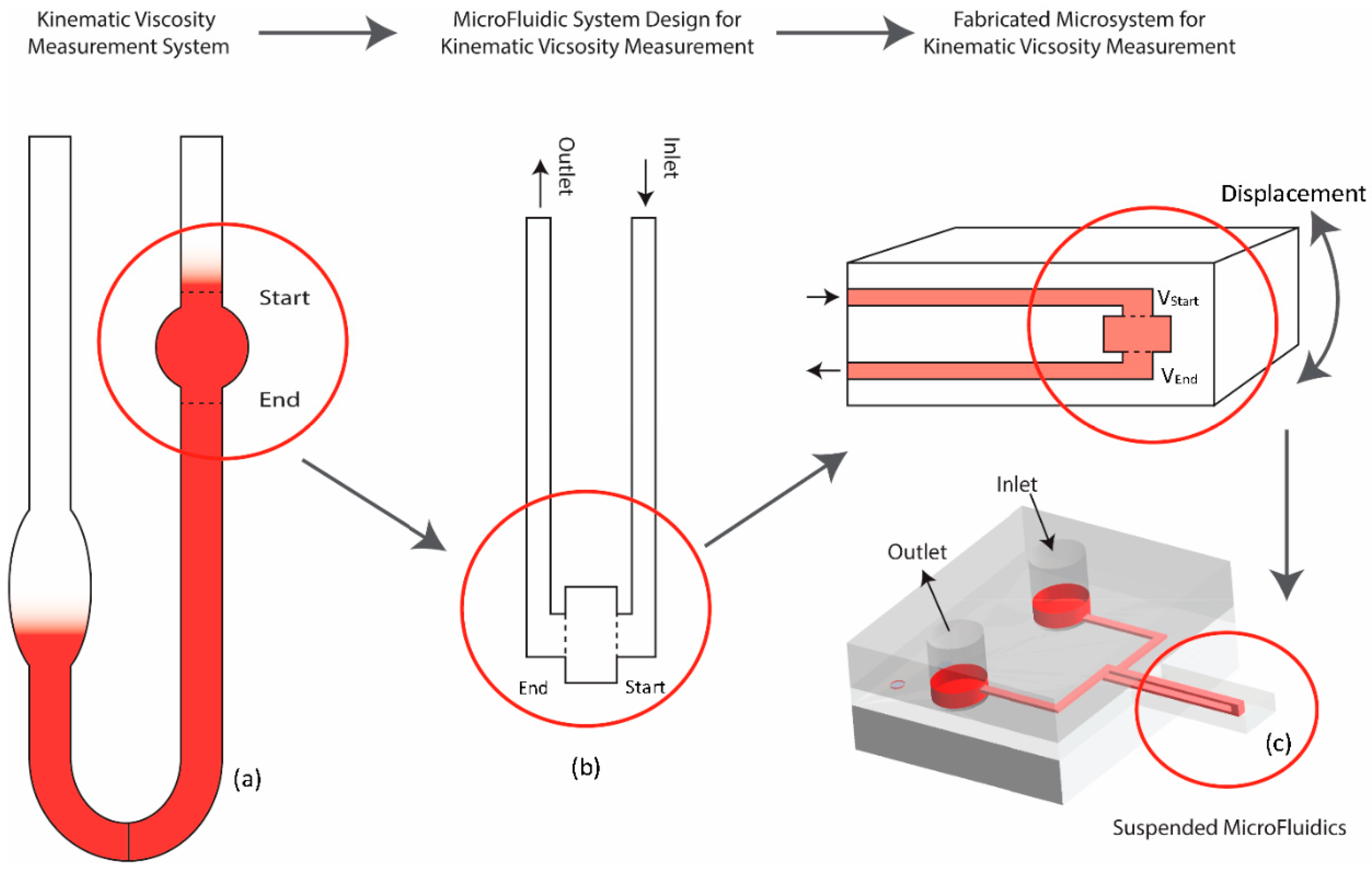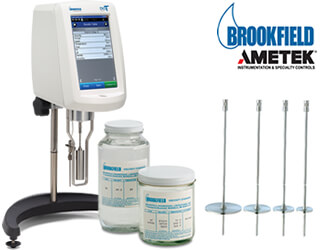

The Rh with an open to atmospheric system provides the highest viscosity measurement scale but is limited to lower temperature tests to minimize light and/or intermediate component losses.

The study results showed that, within working limitations, each well-calibrated viscometer can reproduce reported values of viscosity standards with a relative error of less than 5%. Three dead heavy oil samples ranging from 20° to 11° American Petroleum Institute (API) gravity and three live heavy oil samples prepared with gas/oil ratios (GORs) of 44.5, 30.3, and 17.8 Sm 3/Sm 3 by the three dead oils and methane gas were used. Viscosity measurements were performed over a range of temperature and pressure conditions varying from 293 to 422 K (from 20 to 149 ☌) and from atmospheric pressure to 31.0 MPa (4500 psia).

The systematic study was performed using three viscometers typically used in heavy oil systems: a capillary viscometer (CV), an electromagnetic viscometer (EMV), and a rheometer (Rh). The objectives of this paper are to present the results of a systematic evaluation and comparison of different viscometers typically used in heavy oil viscosity measurements, provide references on the subject of viscometer selection, recommend developed measurement procedures for each viscometer, and generate a reliable viscosity database of dead and live heavy oils. In addition, the type of viscometers and the corresponding experimental procedures can impact the accuracy of viscosity measurements. Accurate measurement (±5%) of heavy oil viscosities can be affected by sample handling, storage, and cleaning procedures. Viscosity is an important parameter in reservoir development, especially in heavy oil production, processing, and transportation.


 0 kommentar(er)
0 kommentar(er)
